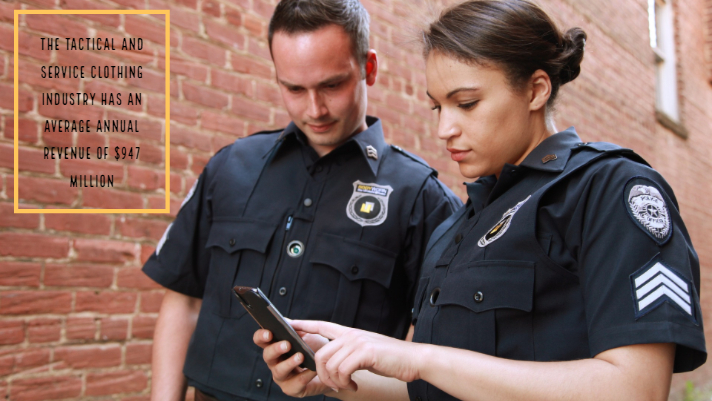
The tactical and service clothing industry has an average annual revenue of $947 million. Lots of people, from security personnel to those interested in self-defense, have started buying tactical products online, including handcuffs.
According to Wikipedia, “handcuffs are restraint devices designed to secure an individual’s wrists in proximity to each other.”
Handcuffs are comprised of two parts that close around the wrists, which are connected together by either a chain, a hinge, or a rigid bar. Each cuff has a rotating arm that locks into place using a ratchet mechanism, which holds the cuff in place after being closed on someone’s wrist.
Handcuffs almost always use the same standard key, which keeps transport of prisoners as simple as possible. Without using a key, it’s impossible in most cases for someone to escape from being handcuffed. It’s also impossible for a handcuffed person to move their arms more than a few centimeters in any direction, as long as the cuffs have been secured behind their back.
While most people outside of police personal won’t need handcuffs in any tactical situation, it’s possible to find police handcuffs for sale online—as well as police boots, or even a complete tactical police uniform.
The following are the four most common types of handcuffs for sale used by police and security personnel.
1. Chain HandcuffsThe three main types of metal handcuffs are chain, hinged, and rigid bar handcuffs.
Chain handcuffs are probably the most familiar type of handcuffs, as they fit the image associated with handcuffs in popular culture. As the name implies, chain handcuffs are comprised of two parts that close around the wrists, connected by a simple chain.
Sometimes police will need to apprehend someone with a very wide waistline, whose wrists can’t be brought close enough together to apply the cuffs. In these cases, two pairs of handcuffs connected to each other might be used. Of course, there are oversized handcuffs for sale that can solve this problem.
2. Hinged HandcuffsHinged handcuffs lack a chain—instead, the two sides are connected with a hinge that holds them together, at a very close proximity to one another. Hinged handcuffs are considered more secure than chain handcuffs, because the hinge allows for a far lesser range of movement.
3. Rigid HandcuffsRigid handcuffs have a solid metal bar connecting the two cuffs together. This not only restricts movement, but it keeps the hands away from each other, and prevents the wearer from tampering with the cuffs. Rigid handcuffs are also bulkier than other types of handcuffs, making them slightly more difficult to carry.
4. Plastic HandcuffsPlastic handcuffs are lightweight, disposable strips of plastic that resemble cable ties used by electricians. Because they are lightweight and compact, they can be carried in large quantities by police and soldiers, so they’re especially suited for situations where large crowds must be dealt with, such as riots and protests.
Plastic handcuffs are also sometimes referred to as wrist ties, flex-cuffs, plasticuffs, and zipcuffs.
|
|
|




